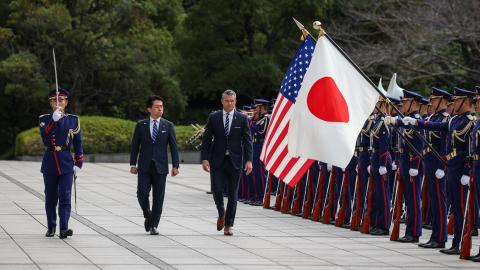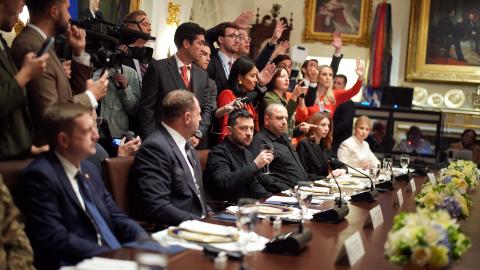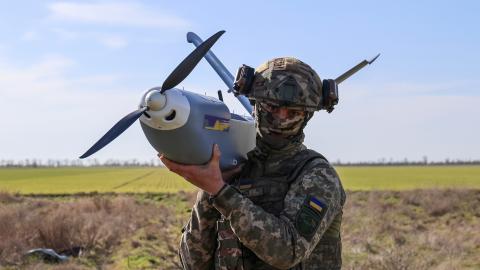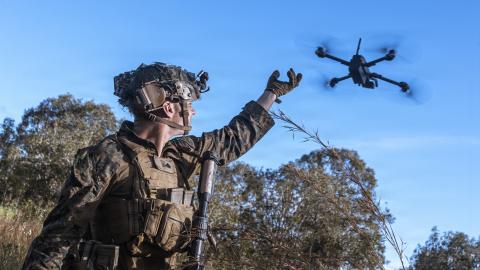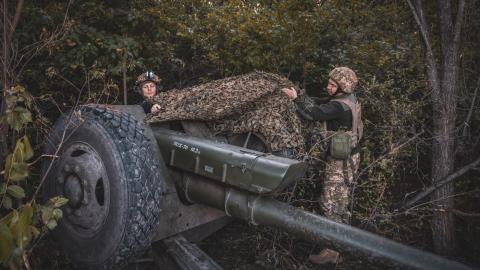Executive Summary
- Moscow-Tehran-Pyongyang trilateral ties: North Korea reportedly agreed to send 25,000 workers to boost production capacity at the joint Russia-Iran drone plant in the Russian Republic of Tatarstan.
- Russia’s air war: The Russian military launched a deadly missile salvo against the Ukrainian city of Dnipro.
- Battlefield assessment: Russia sustained offensive combat operations across the battlefield while Ukraine struggled to overcome its unfavorable force-on-force ratios.
1. Battlefield Assessment
Last week Russian forces fought at a heightened operational tempo at multiple flashpoints throughout Ukraine. The Russian military conducted intense combat operations at Pokrovsk, Toretsk, Chasiv Yar, Kharkiv, and Sumy. Fighting also flared in the directions of Lyman and Siversk. The Armed Forces of Ukraine struggled to take the offensive and suffered from unfavorable force-on-force and force-to-terrain ratios.
Russia launched numerous long-range attacks against Ukraine last week. The deadliest was a June 24 missile salvo against the Ukrainian city of Dnipro, the nearby town of Samarske, and a passenger train. The death toll from these strikes was still rising at the time of writing, and could reach into the dozens. Hundreds of Ukrainians were also wounded. In addition to starting a massive fire, the salvo caused extensive damage to a city administrative building, a gymnasium, and a dormitory.
The assault occurred while the North Atlantic Treaty Organization (NATO) was conducting a summit in The Hague, Netherlands. One day prior to the Russian strikes, on June 23, NATO Secretary General Mark Rutte issued a stark warning against the active threat that Russia poses to the transatlantic alliance.
At the tactical level, two other developments merited attention last week. First, open-source intelligence showcased Ukraine’s TB-2 drones in action after a long period of inactivity. In a recent engagement, the Ukrainian Navy’s aerial deterrent struck a Russian landing craft in Kherson Oblast.
Second, Russian motorcycle infantry assault units engaged Ukrainian first-person-view (FPV) drones with increasing frequency across the battlefield. In the coming weeks, this series will report on the major military trends that emerge from encounters between these two novel assets.
2. North Korea Sends 25,000 Workers to Boost Russia-Iran Drone Plant
Japanese news outlets reported that North Korea is preparing to send 25,000 workers to the joint Russia-Iran Shahed drone production plant at Alabuga in the Russian Republic of Tatarstan. If true, this development marks a milestone in trilateral defense cooperation among the three nations.
Russia produces up to 170 Shahed loitering munitions per day and aims to boost that number to 190 by the end of this year. Available imagery intelligence suggests that the Kremlin has been working to increase its production of Shahed drones by expanding the Alabuga plant and building new drone production sites elsewhere. This corps-sized contingent of North Korean workers could boost production significantly.
In May 2025 the Russian military launched 4,000 Shahed drones at Ukraine, mainly at population centers. While Ukrainian air defenses intercepted more than 80 percent of these munitions, the offense-dominant nature of drone warfare dictates that even low breach rates can inflict heavy damage.
In return for providing Russia with such a large contingent of laborers, the Kremlin will likely provide North Korea with a boost for its defense technological and industrial base (DTIB), along with operational experience in drone warfare. The previous edition of this report analyzed Pyongyang’s pursuit of Iranian drone technology through cooperation with Moscow. North Korea’s decision to send workers to Russia may be part of a larger deal to transfer Shahed drones to North Korea.
